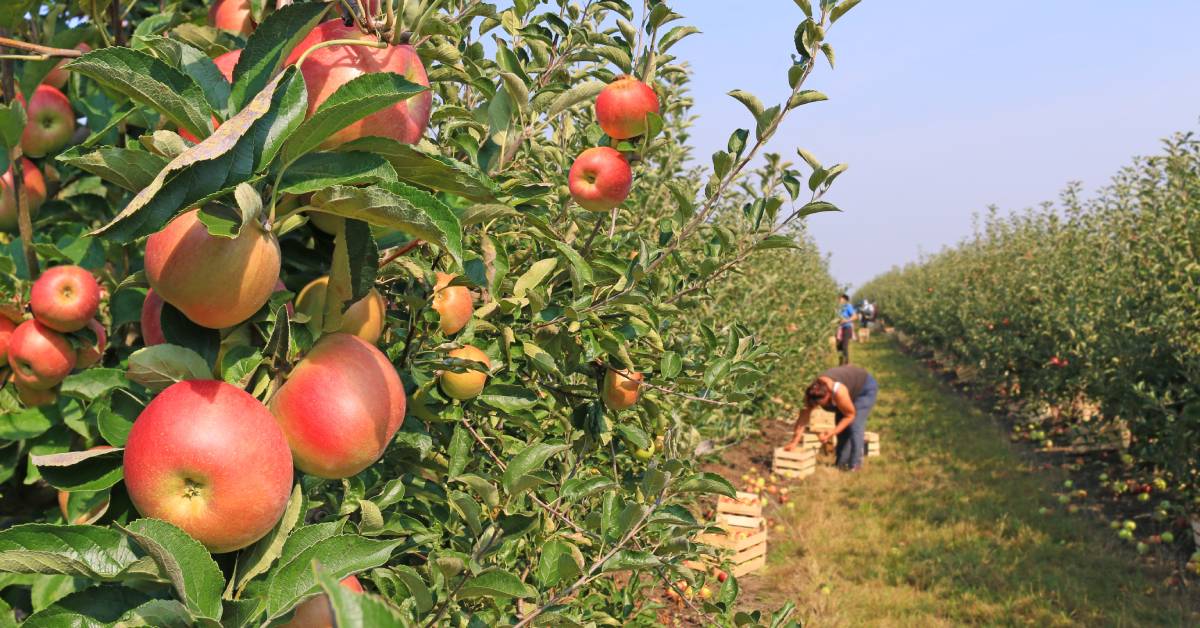What To Know Before Starting an Orchard in Oregon

Oregon’s reputation as an ideal place for orchards draws countless aspiring orchardists ready to transform stretches of land. The region offers varied climates and rich soil, making it perfect for nurturing a vast array of fruit trees. However, growing a successful orchard requires more than just soil and seeds; it demands knowledge, planning, and dedication. Continue reading to discover what you should know before starting an orchard in Oregon.
Understanding Oregon’s Climate and Soil
Before planting begins, understanding Oregon’s diverse climate and soil types is important. The state boasts several microclimates, ranging from coastal moisture to drier eastern valleys. Potential orchardists must research which areas suit the fruit varieties they wish to cultivate. For instance, apples and pears thrive in cooler climates, while peaches and cherries prefer sunnier, warmer regions.
Assessing soil quality is equally important. Different fruits have specific soil requirements, such as pH balance and drainage needs. Conducting a soil analysis helps determine if amendments are necessary to support tree health. By tailoring the soil to your chosen fruit, you create the ideal environment for growth and productivity.
Navigating Legal and Regulatory Considerations
Starting an orchard involves understanding various legal and regulatory requisites. Zoning laws dictate what land you can use for agriculture, and permits often govern activities like water usage and pesticide application. Familiarizing yourself with these regulations ensures compliance and prevents future complications.
Consulting local agricultural departments can provide valuable guidance on navigating these complexities. They offer resources and support for farmers looking to understand state requirements while sharing community best practices. Engaging with local experts also opens avenues for partnerships and networking within the orchard industry.
Crafting a Solid Financial Plan
Financial planning forms the backbone of any successful orchard endeavor. Initial costs include land acquisition, tree purchases, irrigation systems, and ongoing maintenance. Creating a comprehensive budget covering all these aspects establishes a clear financial path forward.
Securing funding can significantly ease financial burdens, and aspiring orchardists should explore options like agricultural grants and low-interest loans. Many local banks and credit unions offer programs specifically designed to help secure a loan for your Oregon orchard, providing essential startup capital. Maintaining a detailed business plan enhances your chances of obtaining financial support.
Designing Your Orchard Layout
Optimal orchard layout ensures maximum yield and tree health. Factors like tree spacing, row orientation, and irrigation systems are vital to productivity. Proper spacing allows trees ample room for growth without competition for resources like sunlight and nutrients.
Thoughtful row orientation maximizes sun exposure, promoting even fruit ripening. Designing an efficient irrigation system tailored to your orchard’s needs conserves water and supports tree vitality. Focusing on these design elements sets the stage for a thriving orchard ecosystem.
Starting an orchard in Oregon presents both challenges and rewards. By understanding the state’s unique climate and soil, navigating legal requirements, and developing solid financial and management plans, aspiring orchardists position themselves for success. With careful planning and dedication, the dream of cultivating a thriving orchard and contributing to Oregon’s rich agricultural tapestry can become a rewarding reality.





